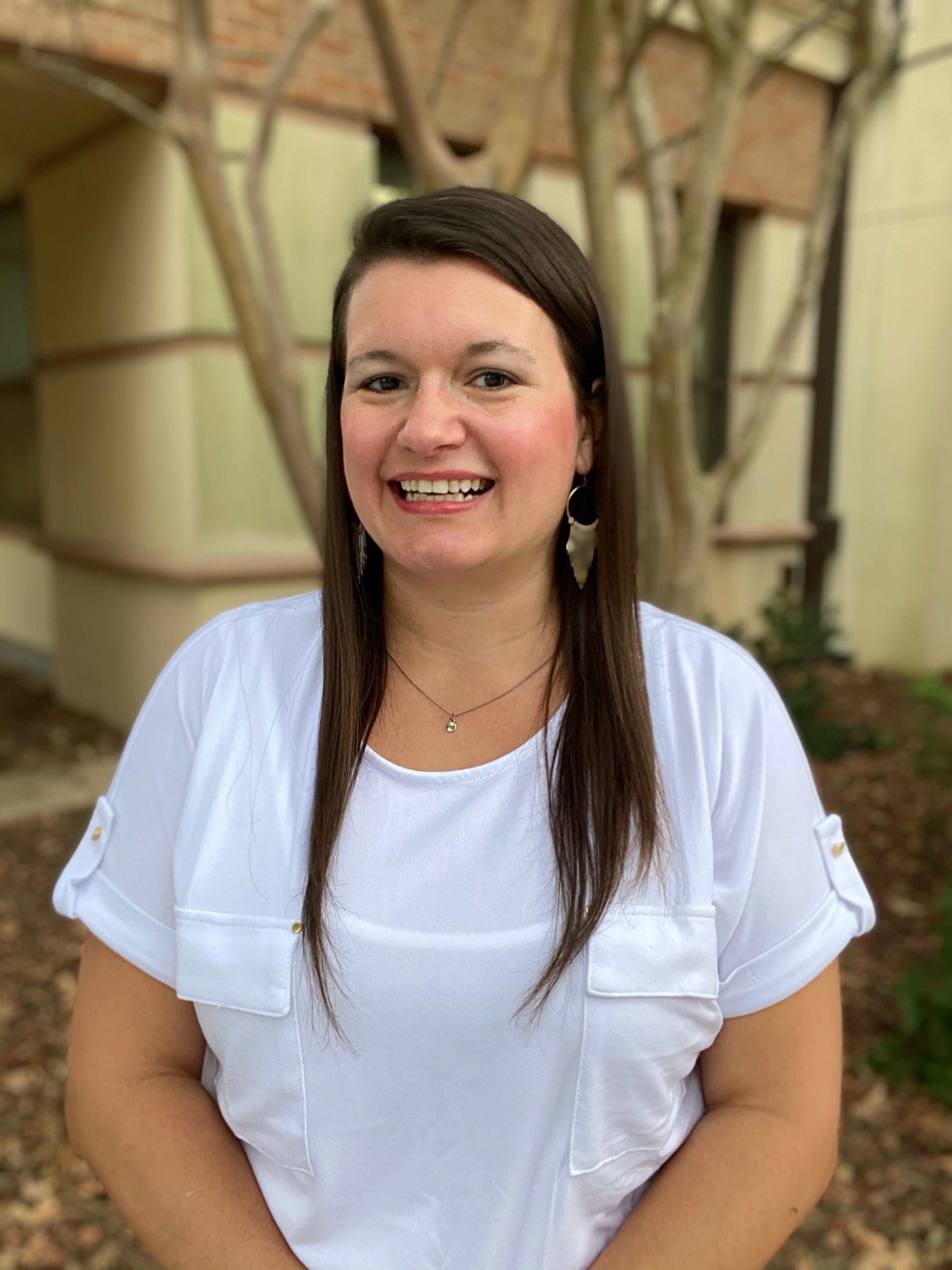If in doubt, over-communicate
“My advice for running great events is to figure out what the sticking points or roadblocks are for your attendees and then think about what comms can fix it. You may think parking is a small thing, but if you send out a text reminder to your students on the morning of the event it’s one less thing they have to hunt down in their email communications.
“We also take a similar approach with our RSVP page for our event. We place the Gecko chat widget on our home page so it’s there whenever anyone needs it. We use call campaigns and phone students the day before, and that means we can confirm numbers and limit the number of no-shows. It just gives us a heads-up before the day itself.”
Use parent data too
“We discovered that parents want information about events, too. Just texting the student or emailing the student isn’t enough for them as often they’re not sharing that information. The team that syncs up our data to our CRM (Radius) looked at this. We wanted to create parent data but tie it to the student data – we didn’t want to create parent data that would then become its own user. We can also send them their own survey about the events.
“It’s also worth considering the platforms the parents are on – we tended to find that they mostly responded to email whereas the students are more engaged with chat and text.”
Create a cohesive voice
“Interdepartmental collaboration is one important thing to think about. We use Gecko and so does our Admissions office and our Accepted Students office, and that means we have access to the data on that student at all of those touchpoints. We know if they’ve accepted their offer, what course they’re planning on studying when they arrive, and so on.
“From a student perspective, that means we’re a really cohesive voice. Even though we do lots of different things in our different roles at the institution, students don’t see that, so it’s great to have that across-the-board communication to enhance their experience.”




